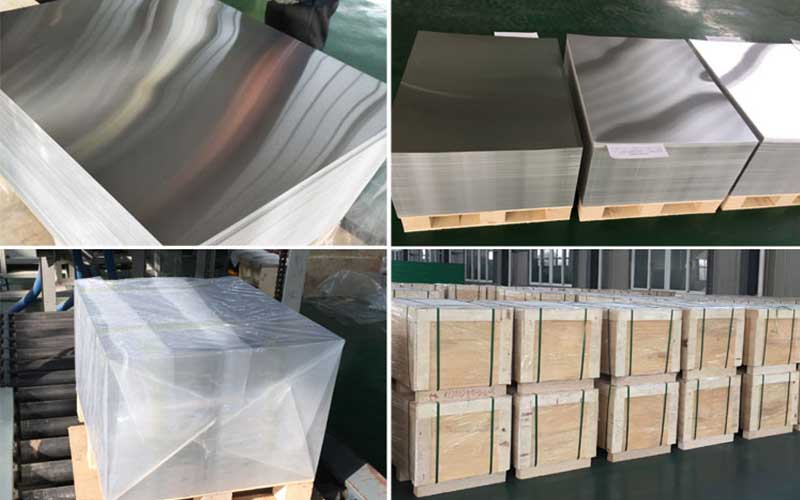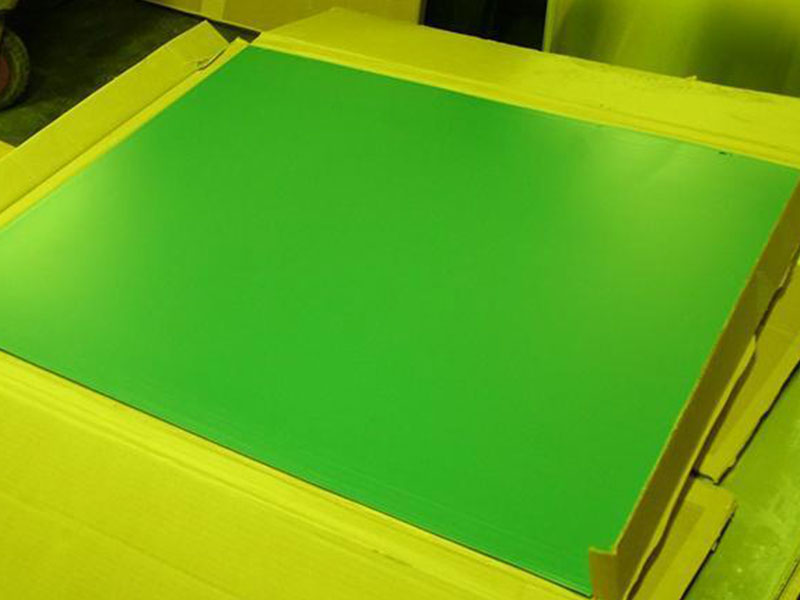Double Layer Coating Ctp Thermal Plate CTP Plate
Double Layer Coating CTP Thermal Plate: Revolutionizing Precision in Modern Printing
In the realm of modern printing, the advent of Computer-to-Plate (CTP) technology has fundamentally transformed how designs move from digital files to physical printing plates. Among the innovations in this space, the Double Layer Coating CTP Thermal Plate emerges as a critical advancement, blending technological finesse with practical efficiency. This specialized aluminium CTP plate not only enhances image quality but also revolutionizes workflow by combining durability with superior thermal response.
the Double Layer Coating Technology
At its core, the Double Layer Coating CTP Thermal Plate features two distinct but harmoniously integrated layers atop an aluminium substrate. The base aluminium ensures excellent flatness, heat conductivity, and durability, providing a robust foundation. Above this rests a specially engineered double coating system designed for optimal laser sensitivity and chemical resistance.
Working with double-layer coated thermal CTP plates has revealed a fascinating interplay between cost-effectiveness and print quality. While the initial investment might be slightly higher compared to single-layer plates, the long-term benefits often outweigh the upfront cost. We've observed significantly improved scratch resistance and durability, leading to fewer plate replacements and reduced downtime. This is particularly crucial in high-volume production environments where even minor plate damage can disrupt the entire workflow. The enhanced image stability and sharper dot reproduction offered by the double layer also contributes to a superior final print, with improved contrast and finer details, even after multiple runs. This allows us to satisfy clients demanding the highest print quality without compromising on production efficiency.
However, optimizing the processing parameters for double-layer plates requires a more nuanced approach. We've learned that slight variations in exposure time, developer concentration, and even the ambient temperature can significantly impact the plate's performance. Finding the optimal settings involves meticulous experimentation and careful monitoring. Improper processing can lead to inconsistent results, including image defects or premature plate wear, negating the advantages of the double layer. Therefore, consistent training for our operators and rigorous quality control measures are paramount to ensuring we consistently achieve the superior print quality and cost savings this technology promises.
First Layer: This is primarily an ablative or light-absorbing layer that accurately and quickly translates laser energy during plate imaging. Its precision ensures that the thermal energy is absorbed cleanly without excessive heat spreading, which could degrade image sharpness.
Second Layer: The topmost layer functions as a protective and chemically resistant barrier, giving the plate heightened durability during subsequent exposure to developing chemicals and presswork.
This architectural layering facilitates high-contrast imaging, sharper detail reproduction, and better wrinkle and heat resistance compared to single-coating alternatives.
Functions and Operational Advantages
The two-layer coating mechanism offers several advantages with direct operational impact:
Higher Thermal Sensitivity and Efficiency: The lower layer responds more efficiently to the thermal energy from imaging lasers, meaning quicker exposure time. This shortens production cycles, making printing operations leaner without sacrificing plate quality.
Superior Chemical Resistance: During the developing process, printing plates face varying chemical aggressiveness depending on plate developer formulations and cleaning agents. The dual coating significantly boosts chemical resilience, prolonging plate life and ensuring sharp imaging performance during printing runs.
Enhanced Printing Fidelity: Also notable is the improved tonal range and finer detail resolution offered by the double coating. The precise layering creates sharp dot edges, minimizing dot gain and providing vivid printed results for high-resolution jobs, crucial for packaging, magazines, and advertisement prints.
Environmental and Cost Efficiency: Extended plate life and faster imaged plates lead to less wastage and reduced energy use during production. Additionally, depending on workflow tuning, chemistry consumption during plate processing can be reduced.
Applications: Where Double Layer Coating CTP Plates Shine
Thanks to these enhancements, Double Layer Coating CTP Thermal Plates find use in diverse high-demand sectors:
Commercial Printing: Magazines, brochures, and catalogues benefiting from fine detail and tonal ease appreciate this plate’s reproducibility and durability.
Packaging Industry: Complex package designs that require high-quality printing endurance benefit extensively from the plate's abrasion resistance and fidelity.
Newspaper Publishing: Speed, efficiency, and cost management drive newspaper printing. The double coating enables faster plate production without compromising long-run durability.
General Offset Printing: Anywhere consistency, quality, and longevity are vital — e.g., high-end catalog production — this thermal CTP technology creates valued efficiency gains.
Technical Distinction from Other Plates
Conventional single-layer thermal coating plates primarily rely on chemical or photochemical processes responding to UV exposure or ablative laser systems, often compromising or requiring additional balancing of imaging speed and durability. The double layer coating evolution represents a sophisticated thermal laser recording solution where the energy absorption happens in stages, preventing thermal diffusion and improving precision while combating mechanical and chemical stresses post-imaging.
https://www.aluminumplate.net/a/double-layer-coating-ctp-thermal-plate-ctp-plate.html







